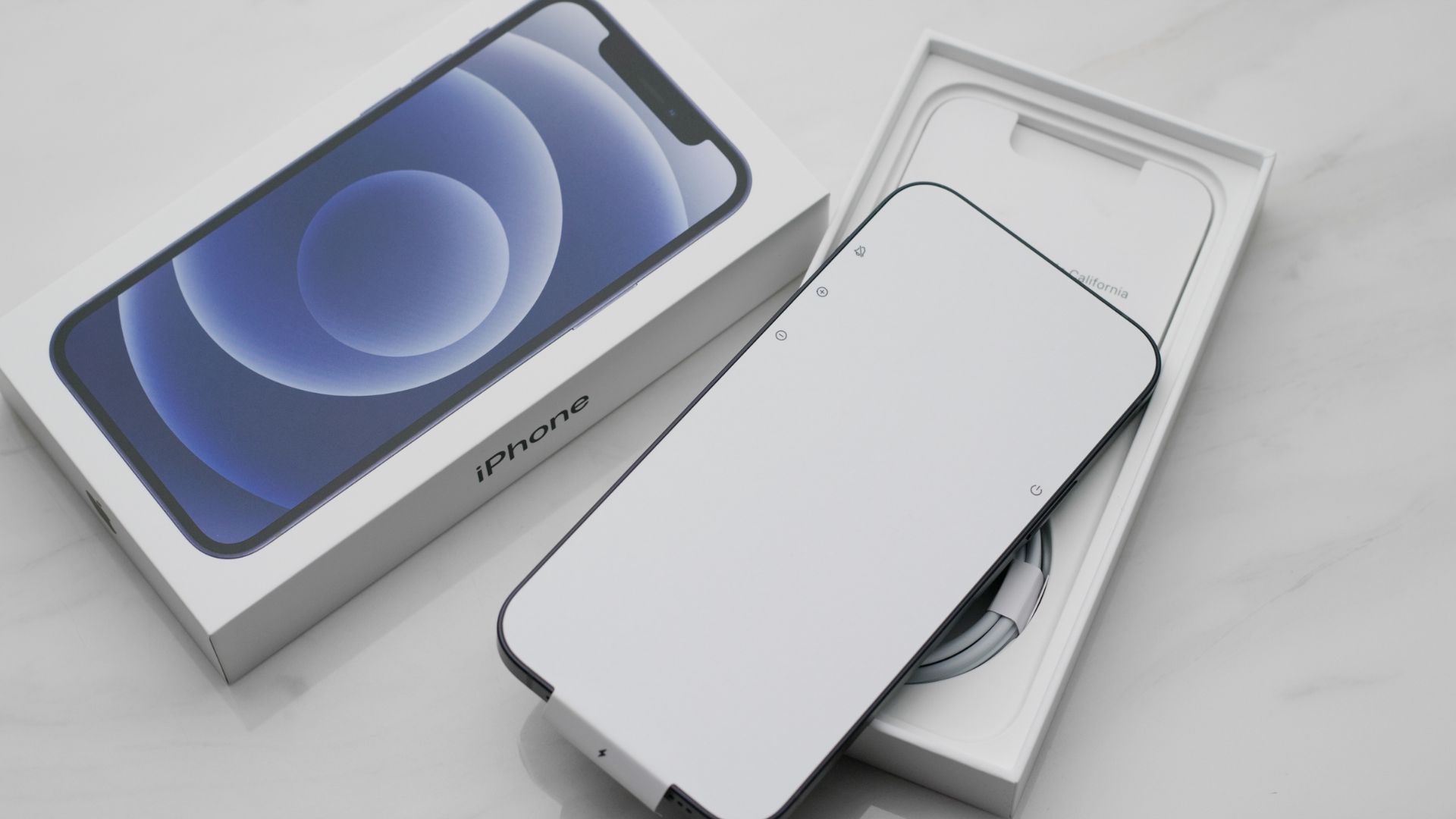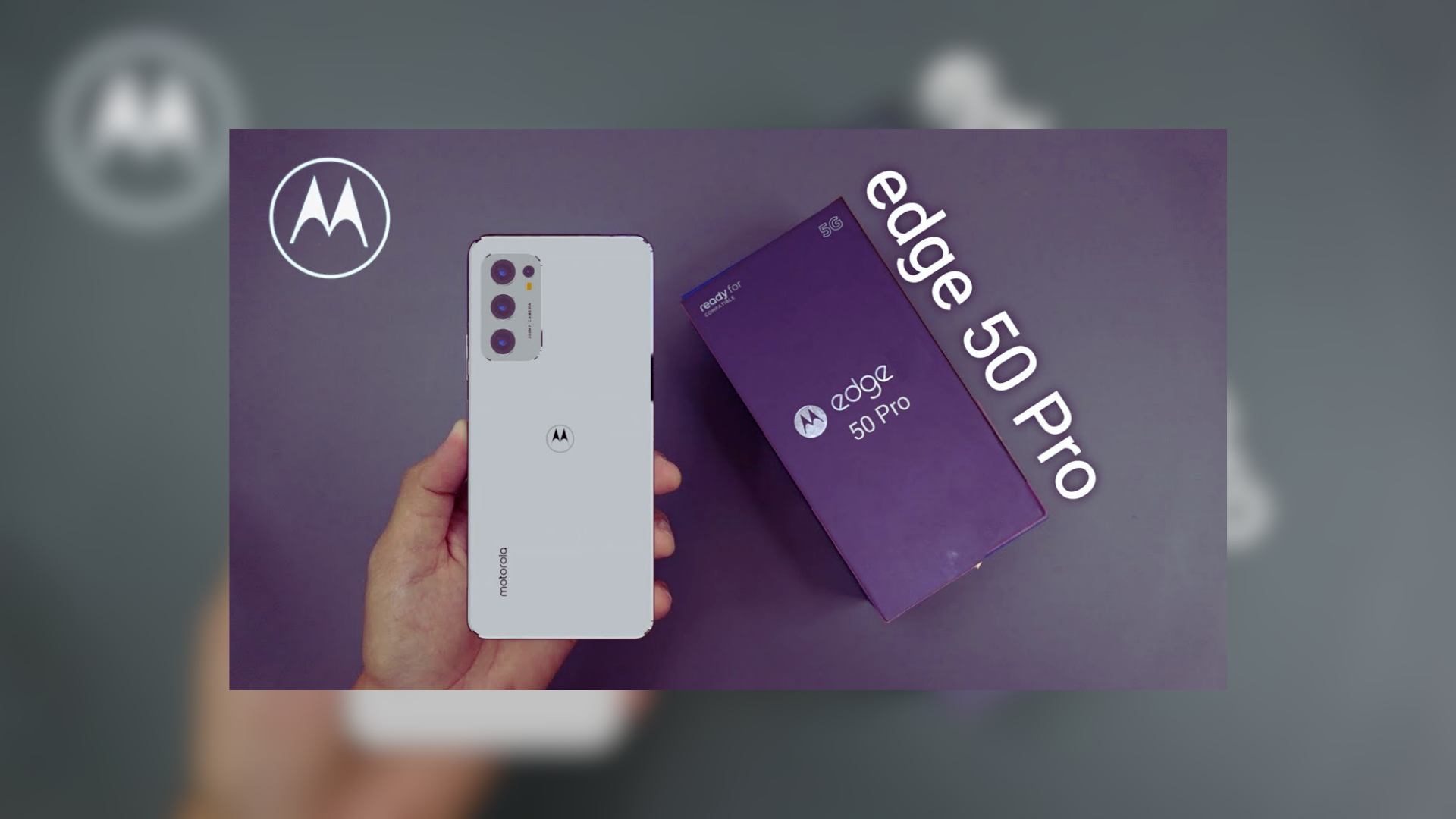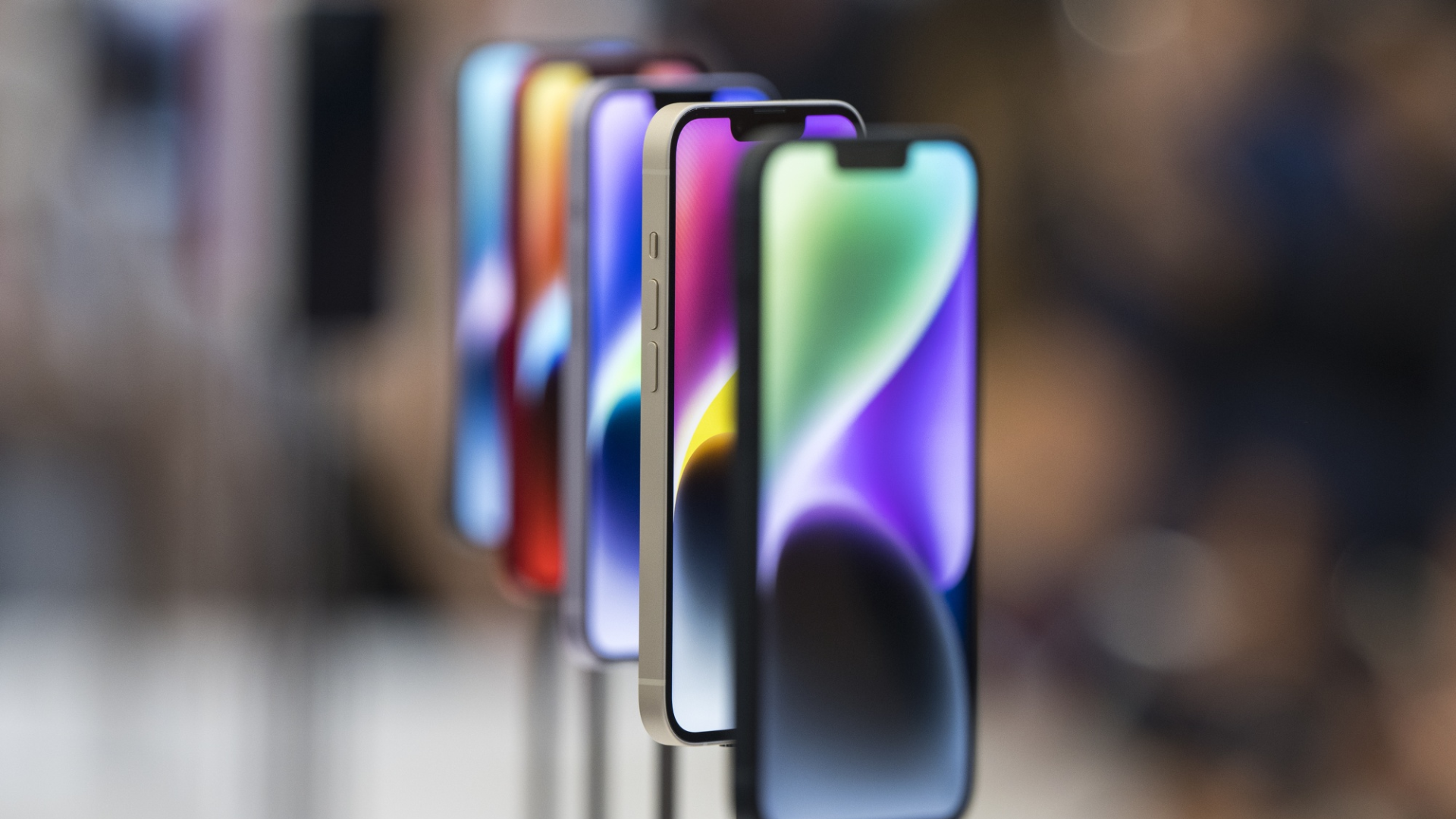










Why 2020 will be the year Xiaomi double downs on Mi branding in India: Xiaomi has been on a roll in India in the 5 years of its existence in the country. That being said, perhaps, for the first time in 4 years, it has some stiff competition with it getting a dose of its own medicine as the troika of the BBK group companies Realme, Vivo and OnePlus corner it in India with differing strategies in the smartphone space. This has resulted in the company doubling down on the Mi brand for its portfolio of devices which has been largely absent from its smartphones since 2017, save for the Android One line of smartphones it has launched in 2018 and 2019.
Premium Mi smartphones ripe to fuel the next phase of growth for Xiaomi
Raghu Reddy, Xiaomi India’s head of category revealed in a behind the scenes briefing that in the last two years, since the ill-fated launch of the Mi Mix 2 in October 2017, Xiaomi had pulled back on the Mi brand in India, focusing on the Redmi brand. It also pushed its founder, Lei Jun’s philosophy of “innovation for everyone” which meant that the more affordable Redmi brand brought forth innovations for the masses. And it found great success as for the last nine quarters its smartphone business has been number 1 in India.
While all of this happened, Xiaomi has triaged the Mi brand into something more aspirational and cutting edge since 2017. Its smartphones bring cutting edge innovations like on the Mi Mix Alpha which the company showed off featuring a 180-degree foldable OLED screen, the world’s first 108-megapixel camera, a ceramic back and 5G amongst user interface innovations, the Mi brand will push technology and appeal to people who want aspirational products. And because Xiaomi has helped grow India’s smartphone ecosystem — it now says that there is enough demand for price points upwards of Rs 20,000 where the Mi brand will play, unlike Rs 5,000 upwards which had been true for the Redmi brand.
Xiaomi’s Mi products will double down on design, camera technologies and display technologies – something it postulates with concepts like the Mi Mix Alpha. It says that there will be Mi branded products that will be launching from the first quarter of 2020 onwards, though the Mi Mix Alpha, may not be one of the phones as there is only one manufacturing line in China which can currently produce the phone which will push its price upwards of Rs 2,00,000 making it more expensive than the most expensive iPhone.
That being said, what Reddy outlined along with Sumit Sonal, Xiaomi India’s new head of smartphone product marketing, that there will be a bunch of new phones coming with the Mi branding. They particularly highlighted that that Xiaomi hasn’t launched the successors to the Mi 5 in India which was launched in 2016. That will change for sure in 2020 for India.
Xiaomi is targeting a higher average revenue per user — hoping that many long term Mi fans who’ve been Redmi smartphones upgrade while also getting a pie out of other brands like OnePlus, Samsung and Apple who have shown a proven ability to sell smartphones with higher profit margins at upwards of Rs 30,000.
Mi branding to permeate across product categories
While it is a truism, Xiaomi has exclusively reserved the Redmi branding for smartphones in India, in China, now there is also a Redmi TV. Its Mi TVs in India have become the best selling line of smart televisions in the country, however, they don’t represent the cutting edge of Xiaomi’s portfolio. As of now, the focus has been to sell smaller sizes with a 65-inch model joining the ranks only in 2019. Xiaomi’s TVs have also been LED-based and they haven’t touched upon premium technologies like Q-LED or OLED for TV, nor do they have high refresh rates or resolutions upwards of 4K.
2019, saw its rival OnePlus make its foray in the smart TV space with its QLED OnePlus TV. Other smartphone brands like Nokia and Motorola also entered this space in partnership with Flipkart, it just makes sense for Xiaomi to do this as it has pedigree and technological excellence in this space.
That all will change this year. This is another sign that Xiaomi is pushing towards higher levels of profitability something it didn’t do previously. The focus of the Mi brand to bring more cutting edge products also comes with the advantage of them having higher margins.
This permeates to other products as well including a bunch of their ecosystem products, and perhaps even their laptops which haven’t seen the light of day in India. While the company executives didn’t say that the laptops are coming to India, they hinted at the possibility by saying that they are bringing a broader portfolio of Mi branded products to India. Laptops would be an obvious choice considering the voracious appetite of Indians for computing along with it being a space ripe for disruption as it is riddled with many legacy players.
While there will be a focus on getting more products and expanding into more categories, volumes will dictate which product comes to India as Mi India as an organisation still isn’t as big as its Chinese parent. Reddy gave an example of an ecosystem product – a portable projector which has been the darling of techies. He stated as that’s a niche product, that will probably not come to India.









